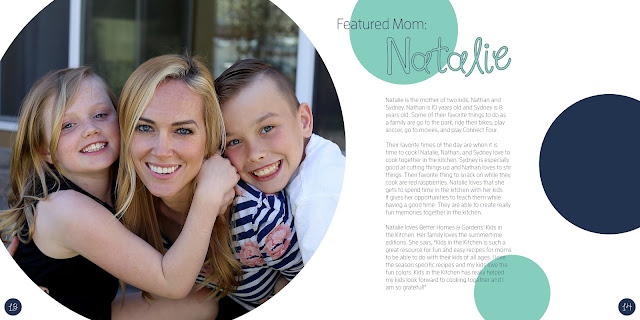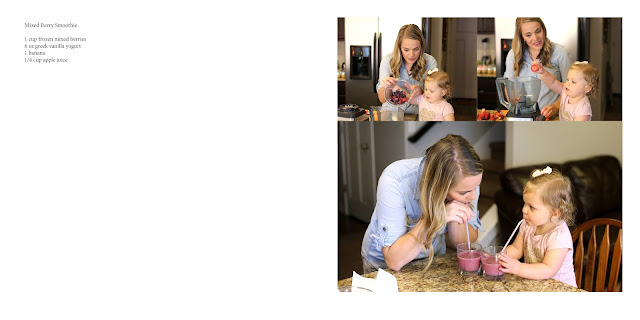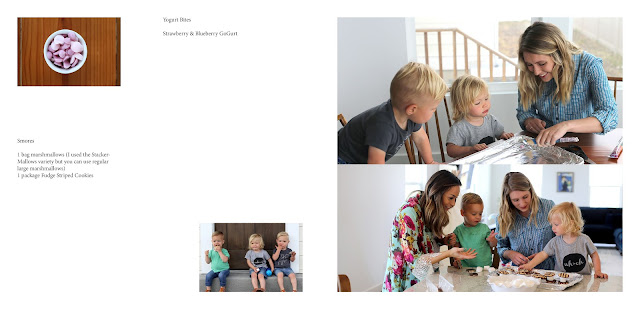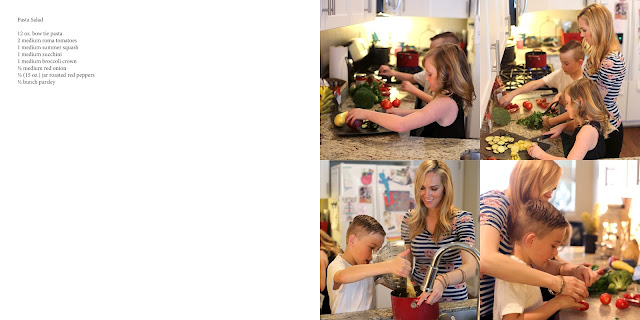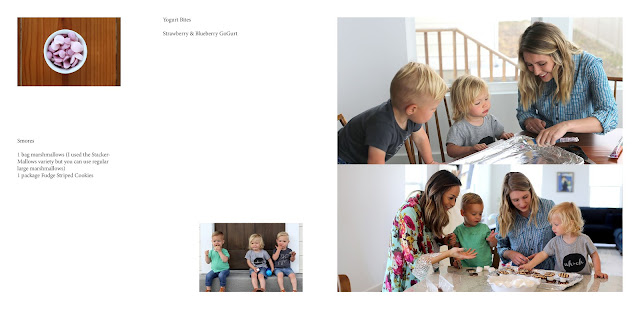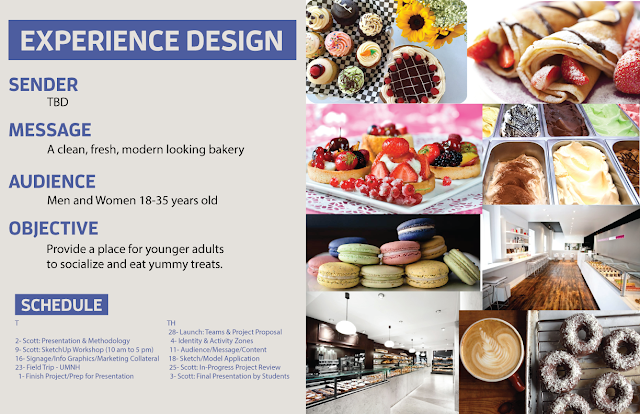Physical Thinking
How to Think Physically
1 Draw
2 Build
3 Photograph
4 Conceptualize
5 Refine
Take the Matter Outside
How to Take the Matter Outside
1 Texture
2 Climate catalysts
3 Projection
Unconventional Tools
How to Use Unconventional Tools
1 Decide what forms you want to create
2 Put down your pencil and step away from the computer
3 Find some marking tools
4 Choose wisely
5 Make it graphic
Regurgitation
How to Regurgitate
1 Take a walk
2 Study it
3 Restrict yourself
4 Document
5 Splice and dice
Reconstruction
How to Reconstruct
1 Collect source material
2 Analyze and replicate your sources
3 Observe
4 Compile a dictionary of elements
5 Make your own images
How Do You Create Form?
Daniel van der Velden
Handwriting should convey a mood
Art Chantry
Form is an abstract concept with no basis in reality
Martin Venezky
Enagage with the properties of materials
Louise Sandhaus
Noodle around!
Jonathan Barnbrook
Comes from ideology or philosophy
Jessica Helfand
Line!
Keetra Dean Dixon
Explore with no assigned outcome
Stephen Doyle
Thinking about language, words.
Advanced Design S16 - Jessica
Reading #6
How To Create Form
Sprinting
How to Sprint
1 Set Parameters
2 Warm Up
3 Plunge In
4 Decision Time
Alternative Grids
How to Design Alternative Grids
1 Observe
2 Replicate
3 Organize
Kits of Parts
How to Design a Kit of Parts
1 Create your parts
2 Reconfigure
Brand Languages
How to Build a Brand Language
1 Define the audience
2 Create a vocabulary
3 Decide the order
4 Apply systematically
5 Document the family
Mock-Ups
How to Create a Mock-Up
1 Plan
2 Design
3 Produce
Sprinting
How to Sprint
1 Set Parameters
2 Warm Up
3 Plunge In
4 Decision Time
Alternative Grids
How to Design Alternative Grids
1 Observe
2 Replicate
3 Organize
Kits of Parts
How to Design a Kit of Parts
1 Create your parts
2 Reconfigure
Brand Languages
How to Build a Brand Language
1 Define the audience
2 Create a vocabulary
3 Decide the order
4 Apply systematically
5 Document the family
Mock-Ups
How to Create a Mock-Up
1 Plan
2 Design
3 Produce
Reading #5
Icon, Index, Symbol
Three Kinds of Sign
1 Icon: shape, color, sound, texture. Rely on cultural convention
2 Index: points to its object rather than representing it abstractly
3 Symbol: abstract. the most common symbols we use are words
Collaboration
How to Collaborate
1 Sit together
2 Hear and be heard
3 Identity Leaders
4 Play
Co-Design
How to Co-Design
1 Identify co-designers to collaborate with
2 Define a question
3 Create a co-design kit
4 Listen and interpret
Visual Diary
How to Start a Visual Diary
1 Define parameters
2 Stick to the rules
3 Work in a series
4 Share your work
5 Keep going
6 Harvest the good stuff
Lost in Translation
How to Not Get Lost in Translation
1 Identify the languages and locales where your project or brand will circulate
2 Begin with the language most familiar to you
3 Research translations
4 Where possible, use words or symbols that are shared between languages
Concept Presentations
How to Make a Concept Presentation
1 Choose a format
2 Make an outline
3 Fill in the blanks
4 Keep it simple
How Do You Edit?
Rudy VanderLans
Work until it looks good
David Barringer
Dream, improvise, fail, try again
Erik Spiekermann
Create Benchmarks
Georgianna Stout
Go with your instincts
Ivan Chermayeff
Don't accept any direction easily. Rejection
Luba Lukova
A lot of research and reading. Trying different approaches even when you think you have found the right approach already
Ken Barber
Follow the project brief
Ben Kiel
Research, investigation, sketching.
Steven Heller
Selecting and self-analyze the best or worst solutions to problems.
Willi Kinz
Follow your instincts
Three Kinds of Sign
1 Icon: shape, color, sound, texture. Rely on cultural convention
2 Index: points to its object rather than representing it abstractly
3 Symbol: abstract. the most common symbols we use are words
Collaboration
How to Collaborate
1 Sit together
2 Hear and be heard
3 Identity Leaders
4 Play
Co-Design
How to Co-Design
1 Identify co-designers to collaborate with
2 Define a question
3 Create a co-design kit
4 Listen and interpret
Visual Diary
How to Start a Visual Diary
1 Define parameters
2 Stick to the rules
3 Work in a series
4 Share your work
5 Keep going
6 Harvest the good stuff
Lost in Translation
How to Not Get Lost in Translation
1 Identify the languages and locales where your project or brand will circulate
2 Begin with the language most familiar to you
3 Research translations
4 Where possible, use words or symbols that are shared between languages
Concept Presentations
How to Make a Concept Presentation
1 Choose a format
2 Make an outline
3 Fill in the blanks
4 Keep it simple
How Do You Edit?
Rudy VanderLans
Work until it looks good
David Barringer
Dream, improvise, fail, try again
Erik Spiekermann
Create Benchmarks
Georgianna Stout
Go with your instincts
Ivan Chermayeff
Don't accept any direction easily. Rejection
Luba Lukova
A lot of research and reading. Trying different approaches even when you think you have found the right approach already
Ken Barber
Follow the project brief
Ben Kiel
Research, investigation, sketching.
Steven Heller
Selecting and self-analyze the best or worst solutions to problems.
Willi Kinz
Follow your instincts
P-3: Publication Design (Option I)
------------------------------------------------------------------------------------------------------------------
------------------------------------------------------------------------------------------------------------------
---------------------------------------------------------------------------------------------------------------
Reading #4
How To Get Ideas
Visual Brain Dumping
1 Start Sketching
2 Set a Time Limit
3 Keep Moving
Forced Connections
How To Force a Connection
1 Choose a connection
2 Make two lists
3 Combine styles, messages, or functions
4 Choose one or more viable ideas
Action Verbs
How to Activate an Idea
1 Start with a basic concept
2 Apply a series of actions to the core image or idea
3 Step back and look at what you did
Everything from Everywhere
How to Get Everything from Everywhere
1 Be a sponge
2 Keep a sketchbook
3 Observe other artists and designers
4 Make a database
5 Work with a concept in mind
Rhetorical Figures
Basic Figures of Speech
1 Allusion
2 Amplification
3 Anastrophe
4 Anthimeria
5 Antithesis
6 Ellipsis
7 Hyperbole
8 Litotes
9 Metaphor
10 Metonymy
11 Paradox
12 Paranomasia
13Personification
14 Polyptoton
15 Repetition
16 Synecdoche
Visual Brain Dumping
1 Start Sketching
2 Set a Time Limit
3 Keep Moving
Forced Connections
How To Force a Connection
1 Choose a connection
2 Make two lists
3 Combine styles, messages, or functions
4 Choose one or more viable ideas
Action Verbs
How to Activate an Idea
1 Start with a basic concept
2 Apply a series of actions to the core image or idea
3 Step back and look at what you did
Everything from Everywhere
How to Get Everything from Everywhere
1 Be a sponge
2 Keep a sketchbook
3 Observe other artists and designers
4 Make a database
5 Work with a concept in mind
Rhetorical Figures
Basic Figures of Speech
1 Allusion
2 Amplification
3 Anastrophe
4 Anthimeria
5 Antithesis
6 Ellipsis
7 Hyperbole
8 Litotes
9 Metaphor
10 Metonymy
11 Paradox
12 Paranomasia
13Personification
14 Polyptoton
15 Repetition
16 Synecdoche
Reading #3
Visual Research
How to Conduct Visual Research:
1 Collect
2 Visualize
3 Analyze
Brand Matrix
How to make a Brand Matrix
1 Get smart and start a list
2 Finding opposites
3 Connect the dots
Brand Books
How to make a Brand Book
1 Choose a format
2 Collect Imagery
3 Design and combine
4 Consider the pacing
5 Make it real
Site Research
How to Research a Site
1 Visit the site
2 Observe and photograph the site
3 Create a site plan
4 Trace photos of a site
5 Sketch concepts
Creative Brief
How to Refine a Creative Brief
1 Pose Questions
2 Conduct research
3 Narrow the brief
4 Define key messages
How Designers Think
How to Get in the Mood
Christoph Niemann
Stares at a a piece of table with no distractions
Stares at a a piece of table with no distractions
Abbott Miller
Gets ideas when he talks about a project to someone else
Bruce Willen
Bruce Willen
Collaboration and talking to someone about a project
Carin Goldberg
Carin Goldberg
Lots of sketching and having the TV on in the background
Mike Perry
Mike Perry
Vomit out work. It comes naturally and in abundant amounts.
Kimberly Elam
Kimberly Elam
Always have something to write with and on so when an idea comes she can write it down or draw little pictures. Having some sort of relief like exercise or a refreshing sleep.
Paula Scher
Paula Scher
When she can't think of an idea she distracts her self. Having a conversation, going to a museum, riding in a taxi. She also likes to go to movies.
Maria Kalman
Maria Kalman
Having a tight deadline, wandering, travelling, looking at things such as people, art, architecture.
Philippe Apeloig
Philippe Apeloig
Looking at new typefaces and shapes, doodling and drawing.
Subscribe to:
Posts (Atom)








